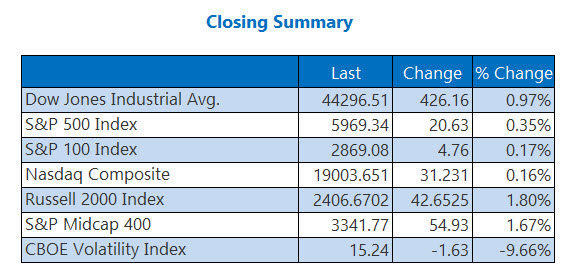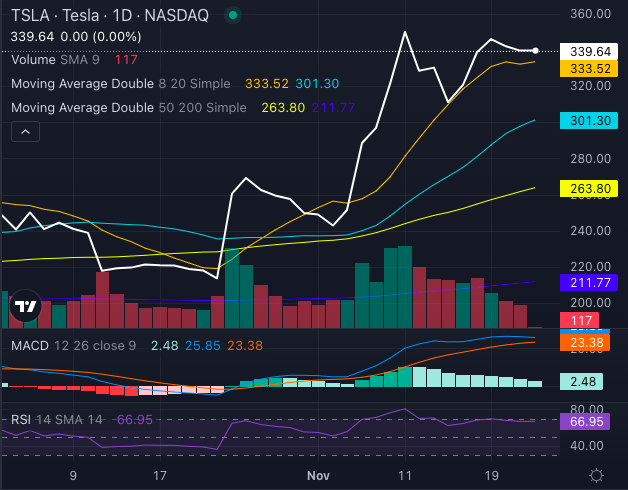As an avid investor, you might be wondering why the battle between SCHD and JEPI is worth your attention. Well, let me tell you, this is no ordinary showdown.
These ETF titans have been making waves in the market, and it's time to dive deep into their potential.
SCHD offers exposure to the energy sector with a tech-light approach, while JEPI focuses on high-growth tech stocks and delivers monthly high-yield distributions. Sure, their performance depends on macro conditions and sector exposures, but don't underestimate their potential.
In this article, we'll explore their holdings, performance, yields, and outlook, all leading to the ultimate ETF showdown in 2024.
It's time to choose your side and see who emerges victorious in this battle of the titans.
Key Takeaways
- SCHD and JEPI are popular ETFs among investors.
- SCHD has greater exposure to the energy sector and holds fewer tech stocks compared to JEPI.
- SCHD has generated higher returns since May 2020, outperforming JEPI and the broad market.
- JEPI focuses on high-growth names from the tech sector and targets a monthly high-yield distribution.
SCHD Vs JEPI: a Comparative Overview
In my opinion, when comparing SCHD and JEPI, it's essential to have a comprehensive understanding of their sector exposures and performance. Both ETFs can generate decent risk-adjusted returns, but their investment strategies differ.
SCHD has a more defensive and concentrated portfolio, with higher exposure to sectors like industrials, financials, and healthcare. On the other hand, JEPI focuses on high-growth names from the tech sector and uses a covered call strategy to generate higher yields.
SCHD has outperformed JEPI and the broad market since May 2020, benefiting from its exposure to the energy sector during market volatility. However, JEPI has outperformed SCHD and the broad market in 2023, indicating a focus on growth stocks.
The performance of both ETFs is influenced by macro conditions and sector performance, making it crucial to analyze their investment strategies and sector exposures.
Sector Exposures and Portfolio Analysis
Continuing from the previous subtopic, let's delve into the sector exposures and portfolio analysis of SCHD and JEPI, the two titans of the ETF world.
- Both SCHD and JEPI have different sector exposures, which affects their performance and risk assessment.
- SCHD has a defensive portfolio with higher exposure to industrials, financials, and healthcare sectors.
- JEPI, on the other hand, focuses on high-growth names from the tech sector and has minimal exposure to energy.
- Sector performance plays a crucial role in determining the returns and risks associated with these ETFs.
Analyzing the sector exposures of SCHD and JEPI helps investors evaluate their risk appetite and make informed decisions. By understanding the sectors they're exposed to, investors can assess the potential impact of sector performance on these ETFs' overall returns and risk profiles.
Performance Comparison: Historical Returns
Moving on to the performance comparison of SCHD and JEPI, let's delve into their historical returns and assess their track records.
When comparing risk-adjusted returns, SCHD has generated a total return of approximately 60% since May 2020, outperforming JEPI's return of around 50% and the broader market's return of about 55%.
However, in 2023, JEPI outperformed SCHD and the broad market, achieving a year-to-date total return of 6% compared to SCHD's -5%.
SCHD's exposure to the energy sector contributed to its higher returns during the volatility and restructuring of the energy market.
On the other hand, JEPI's higher valuation multiples indicate its focus on growth stocks.
It's important to note that the performance of both ETFs is influenced by macro conditions and sector performance.
Yield and Dividend Analysis
Now let's delve into the analysis of yields and dividends for SCHD and JEPI, shedding light on their income-generating potential.
- Dividend growth prospects: SCHD has a track record of consistent dividend growth, with a current yield of 3.65%. On the other hand, JEPI, with its covered call strategy, offers a higher yield of approximately 9%. However, JEPI's yield is more volatile due to the nature of its strategy.
- Impact of covered call strategy: JEPI's use of a covered call strategy allows it to generate higher yields. This strategy involves selling call options on the underlying stocks, which can limit potential upside but also provide additional income.
- Dividend frequency: SCHD pays dividends quarterly, while JEPI pays dividends monthly. The more frequent dividend payments from JEPI may be attractive to income-seeking investors.
- Outlook: The performance of SCHD and JEPI in 2024 will depend on macro conditions and market reactions. SCHD may benefit from an energy shock, while JEPI's focus on growth stocks could lead to positive market reactions. Investors should consider the potential for dividend growth and the impact of the covered call strategy when evaluating these ETFs.
Macroeconomic Factors Impacting ETF Performance
As an investor, I understand that macroeconomic factors have a significant impact on the performance of ETFs such as SCHD and JEPI. Two key macroeconomic factors that can influence the performance of these ETFs are interest rates and global trade policies.
Interest rates play a crucial role in determining the performance of ETFs. When interest rates rise, the cost of borrowing increases, which can lead to higher borrowing costs for companies. This can negatively impact the profitability and earnings of companies, ultimately affecting their stock prices and the performance of ETFs that hold those stocks.
Global trade policies also have a significant influence on ETF returns. Changes in trade policies, such as tariffs or trade agreements, can impact the revenue and growth prospects of companies operating in certain sectors or countries. This can affect the performance of ETFs that have exposure to those sectors or countries.
To summarize the impact of these macroeconomic factors, I have created the following table:
| Macroeconomic Factors | Impact on ETF Performance |
|---|---|
| Interest Rates | Higher rates can lead to increased borrowing costs for companies, impacting their profitability and stock prices, and in turn, the performance of ETFs. |
| Global Trade Policies | Changes in trade policies can affect the revenue and growth prospects of companies in certain sectors or countries, impacting the performance of ETFs with exposure to those sectors or countries. |
Considering these factors, investors should closely monitor interest rates and global trade policies as they can significantly impact the performance of ETFs like SCHD and JEPI.
Potential Risks and Opportunities in 2024
In 2024, the potential risks and opportunities for both SCHD and JEPI ETFs will heavily depend on market conditions and sector performance.
- Market volatility: Both SCHD and JEPI are susceptible to market volatility, which can either provide opportunities for growth or lead to losses.
- Emerging tech opportunities: JEPI's focus on high-growth names from the tech sector presents opportunities for capitalizing on advancements in technology. However, it also exposes the ETF to risks associated with the volatility of tech stocks.
- Sector performance: The performance of specific sectors, such as energy and tech, will play a crucial role in determining the success of SCHD and JEPI. Positive performance in the energy sector can benefit SCHD, while a strong showing in the tech sector can boost JEPI's returns.
Investors should closely monitor market conditions, sector trends, and the overall economic landscape to make informed decisions regarding their investments in SCHD and JEPI.
Final Thoughts: Choosing the Right ETF for Your Investment Strategy
Often, I find myself contemplating the best ETF for my investment strategy. When evaluating risk-adjusted returns, it's crucial to consider sector diversification.
SCHD and JEPI offer different sector exposures, which can impact their performance. SCHD has a more defensive portfolio with exposure to industrials, financials, and healthcare. On the other hand, JEPI focuses on high-growth names from the tech sector.
SCHD's exposure to the energy sector has contributed to its higher returns during volatile times. JEPI's higher valuation multiples indicate a focus on growth stocks.
Both ETFs have the potential to generate decent risk-adjusted returns, but the choice ultimately depends on individual investment goals and risk tolerance. It's important to carefully analyze the composition and performance of each ETF before making a decision.
Frequently Asked Questions
How Do SCHD and JEPI Compare in Terms of Their Expense Ratios?
In terms of their expense ratios, SCHD has a low expense ratio of 0.06%, while JEPI's expense ratio is not mentioned. Expense ratios can impact investor returns, so it's important to consider this factor when comparing the two ETFs.
Are There Any Other Sectors Besides Energy and Tech That SCHD and JEPI Have Significant Exposure To?
SCHD and JEPI have significant exposure to sectors beyond energy and tech. SCHD has a strong presence in healthcare and finance, while JEPI has a more diverse portfolio with minimal exposure to the energy sector.
What Is the Average Dividend Yield for ETFs in the Market?
The average dividend yield for ETFs in the market varies depending on the specific ETF. It's important to compare dividend yields of different ETFs to make informed investment decisions. ETF market trends can provide valuable insights.
How Do SCHD and JEPI Determine Their Monthly and Quarterly Dividend Payments?
SCHD and JEPI determine their monthly and quarterly dividend payments based on factors such as the fund's underlying assets, income generated from those assets, and the fund's expense ratio.
What Are Some Potential Risks for SCHD and JEPI in 2024 That Investors Should Be Aware Of?
Potential risks for SCHD and JEPI in 2024 include market volatility and regulatory changes. These factors can impact the performance of both ETFs, affecting their ability to generate returns and potentially leading to changes in their sector exposures.



